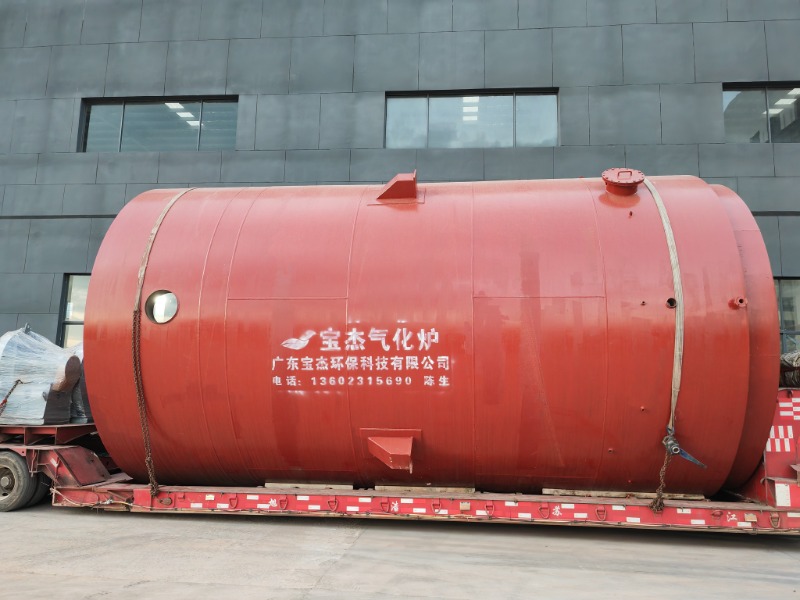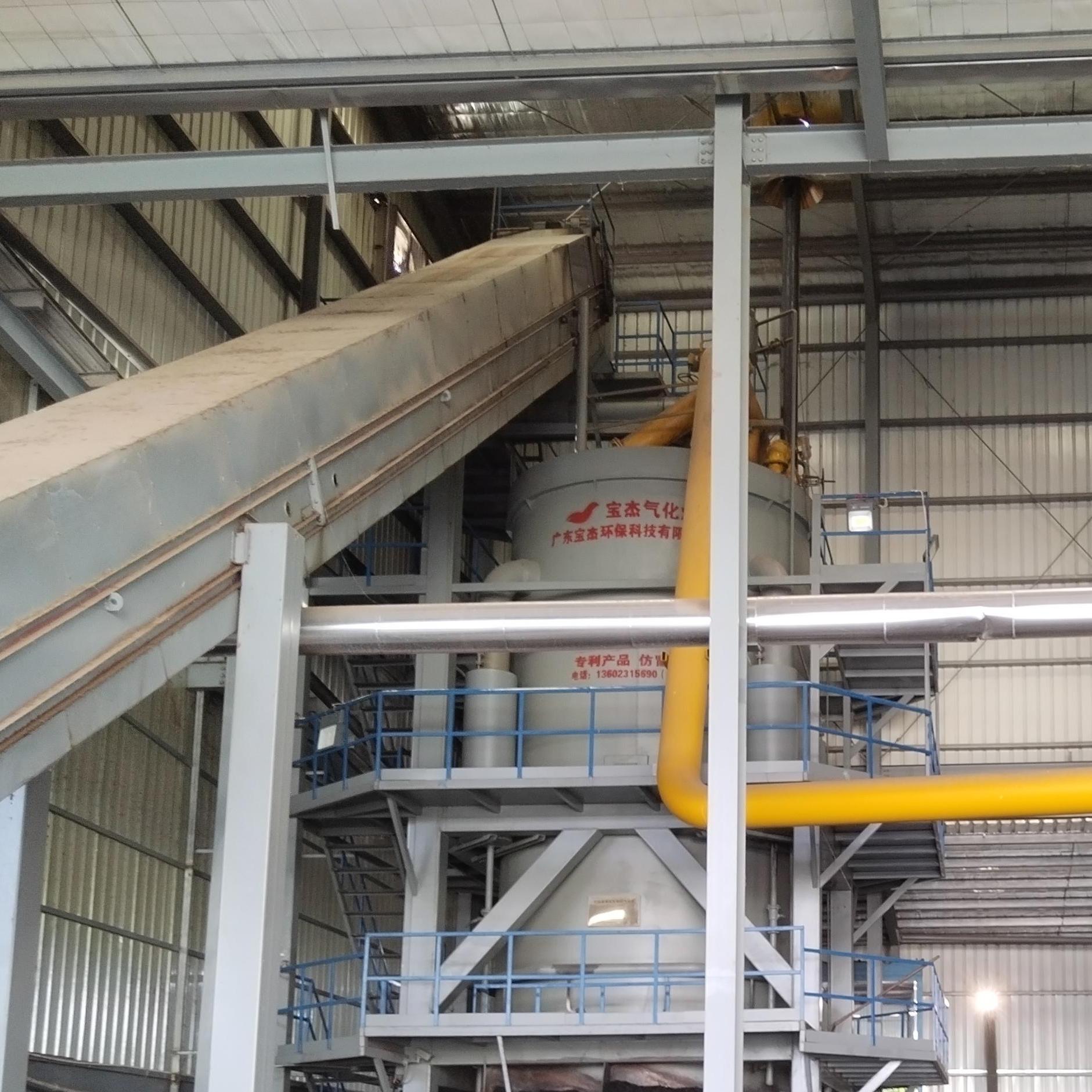R&D and manufacture of biomass gasification equipment, environmental protection equipment, boiler equipment, investment in heating (steam) energy operation and management.
Tel:+86 0769-82928980
E-mail:[email protected]
Web Menu
Product Search
Exit Menu
Industry News
What is a biomass gasifier, and how does it work?
In today's world, where the quest for sustainable energy solutions is more critical than ever, biomass gasification has emerged as a beacon of hope. But what exactly is a biomass gasifier, and how does it work?
A biomass gasifier is a device that converts organic materials—such as agricultural residues, wood chips, and even municipal solid waste—into a gaseous fuel. This process is known as gasification, and it involves breaking down the biomass at high temperatures in a low-oxygen environment. The resulting product, called syngas (synthesis gas), primarily consists of hydrogen, carbon monoxide, and some carbon dioxide. This syngas can then be used to produce electricity, heat, or even be converted into biofuels.
The biomass is often moist, so the first step involves drying it to reduce its moisture content. This is crucial because high moisture levels can hinder the gasification process.
As the biomass heats up, it undergoes pyrolysis, where it decomposes into solid char, liquid bio-oil, and gaseous products. This stage occurs at temperatures between 300-600°C.
The char and remaining biomass are subjected to higher temperatures (around 700-1000°C) in a controlled, oxygen-limited environment. Here, the solid char reacts with steam or carbon dioxide, producing syngas.
The raw syngas produced may contain impurities like tar, particulates, and other pollutants. Therefore, it needs to be cleaned and conditioned to make it suitable for use in engines or turbines.

Biomass gasification presents several compelling benefits:
Renewable Energy Source: Biomass is abundant and can be sustainably sourced. It offers a renewable alternative to fossil fuels, contributing to a reduction in greenhouse gas emissions.
Gasification helps in managing waste effectively. Instead of sending organic waste to landfills, it can be transformed into valuable energy.
By utilizing locally sourced biomass, communities can become less reliant on imported fossil fuels, enhancing energy security.
The syngas produced can be utilized for various applications, from electricity generation to powering vehicles, making it a flexible energy solution.
Biomass gasifiers represent a promising technology in the transition to renewable energy sources. By converting organic waste into syngas, they not only provide a sustainable energy solution but also tackle waste management challenges. As we continue to seek innovative ways to power our lives while minimizing our environmental impact, biomass gasification stands out as a viable and effective option. With ongoing advancements in technology and increased awareness of renewable energy benefits, the future of biomass gasifiers looks bright—turning waste into a valuable resource for generations to come.
Quick Links
Products
contact Us
 Tel: +86 0769-82928980
Tel: +86 0769-82928980 Fax: [email protected]
Fax: [email protected] E-mail: [email protected]
E-mail: [email protected] Company Address: Dalang Chamber of Commerce Building, No. 288 Yinlang South Road, Dalang Town, Dongguan City 13333, China
Company Address: Dalang Chamber of Commerce Building, No. 288 Yinlang South Road, Dalang Town, Dongguan City 13333, China Factory Add:
West side of Centre Road and south side of Zhongyuan Road within Hongcaoyuan, Hongcao Town, Shanwei Urban District
Factory Add:
West side of Centre Road and south side of Zhongyuan Road within Hongcaoyuan, Hongcao Town, Shanwei Urban District
Copyright© 2022 Guangdong Bao Jie Technology Co., Ltd.All Rights Reserved.


 EN
EN 





